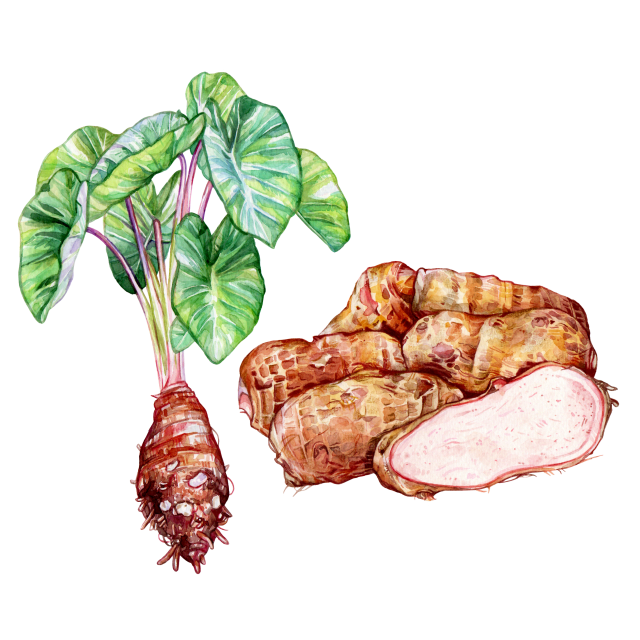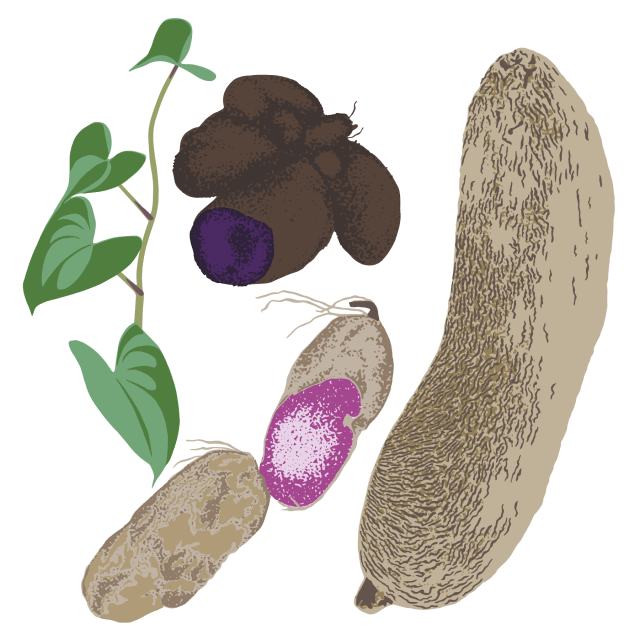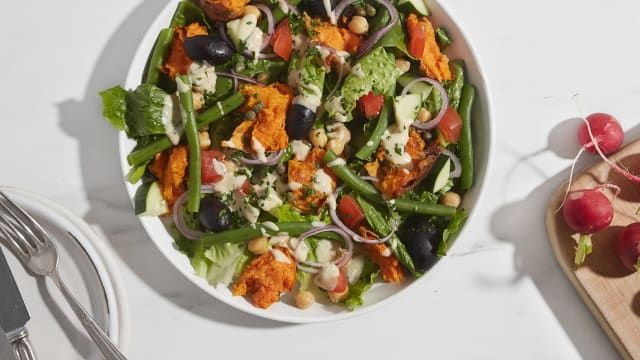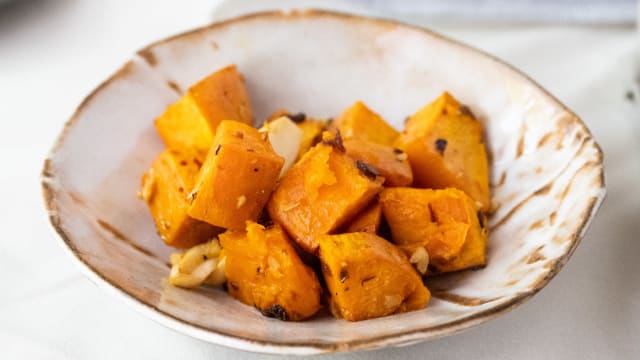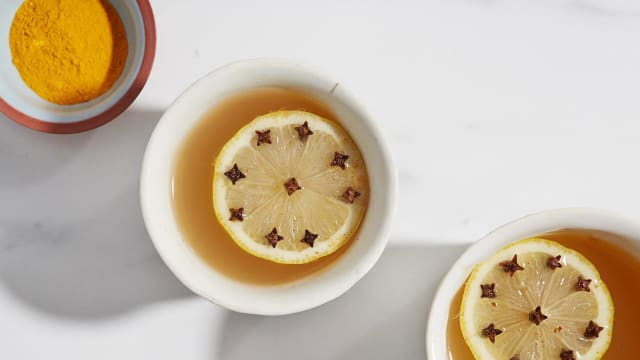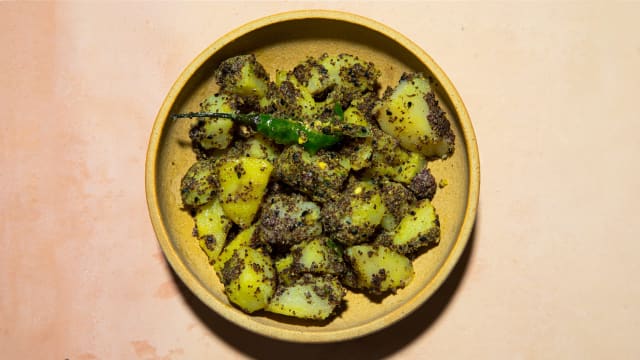Sweet Potato
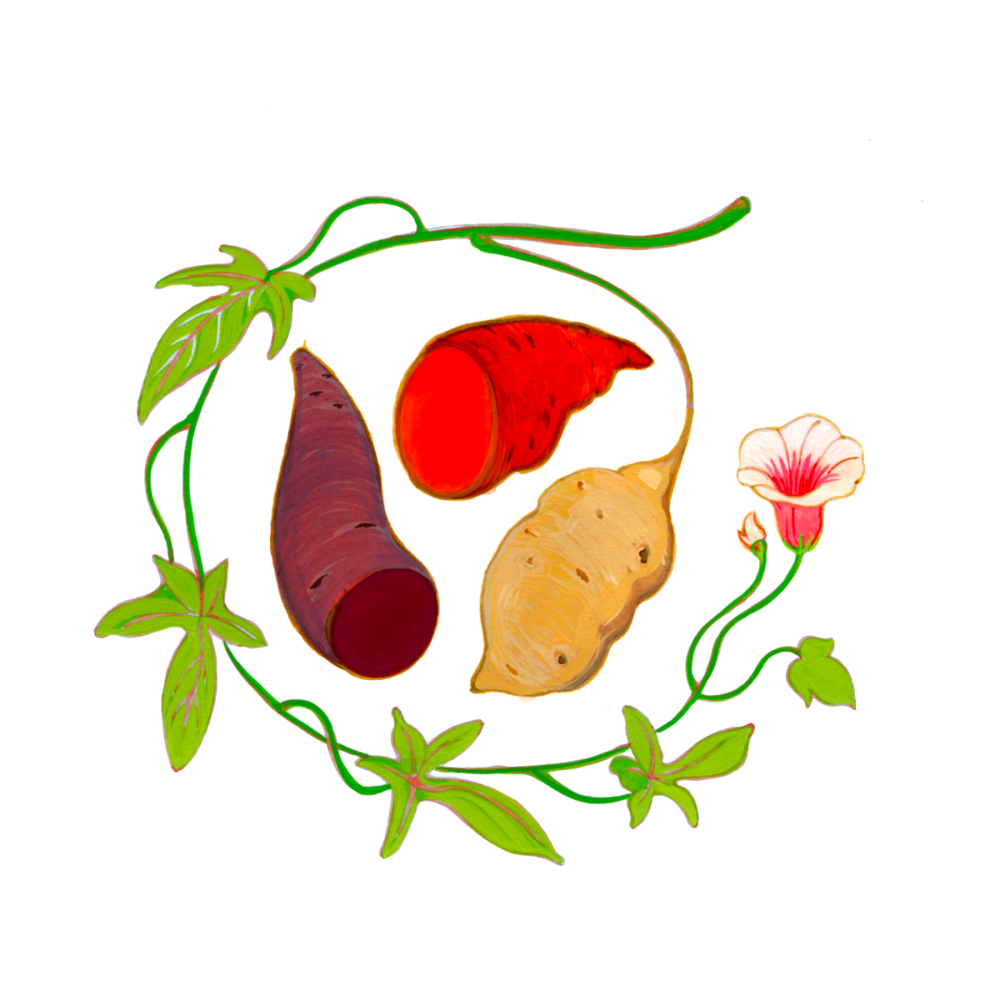
Latin name: Ipomoea batatas
Uses: vegetable (roots, shoots, and young leaves)
What are sweet potatoes?
Sweet potatoes are the tuberous roots of a perennial vine that’s closely related to morning glories (their flowers look very similar) and a distant cousin of common potatoes. Since they’re popular in many cuisines, you’re probably familiar with the bulbous, dimpled roots, but you can also cook the vine’s new shoots and young leaves as greens. Though they’re often called “yams” in parts of the United States and elsewhere, sweet potatoes are unrelated to true yams.
Why are sweet potatoes healthy?
It’s no accident that sweet potatoes make an appearance in many diets. Sweet potatoes are packed with beta-carotene, fiber, vitamins (especially A, several Bs, and C), and minerals like iron, manganese, magnesium, and potassium. Their nutrient density and their reliability as a crop make them a staple in many countries, and their superior nutritional qualities make them an excellent substitute for potatoes in most dishes. Besides the tubers, the plant is also much valued for its green tops, which are a concentrated source of many essential vitamins and minerals.
What do sweet potatoes taste like?
No prizes for guessing “sweet.” The sweet potato’s magic lies in the attendant flavors: a little vegetal, a little mineral, a little earthy. There’s a reason why sweet potatoes are a favorite side dish: they go with just about everything. And their texture, which can range from crunchy when fried to nearly pudding-like when steamed or baked, adds to their considerable appeal. And kids love them — a sweet potato is a parent’s best friend.
How do I use sweet potatoes?
Welcome to easy street. Sweet potatoes can be baked, boiled, fried, roasted, sautéed, and steamed — anything you would do with a potato — and they cook faster to boot. They contain more moisture than common potatoes, so take that into account if you’re substituting them in something like gnocchi. Some recipes call for adding sugar, or even marshmallows, but that’s frankly excessive unless you’re making dessert; their natural plant sweetness is sublime and needs little embellishment.
What do sweet potatoes pair well with?
If you are using them for a dessert, like the classic sweet potato pie, use brown sugar or maple syrup for their caramel notes, or molasses to highlight the earthy minerality. And, speaking of pie, sweet potatoes love warm pie spices like cinnamon, nutmeg, allspice, clove, and anise. They also pair beautifully with oranges, tree nuts, peanuts, and bourbon or rum.
Where do sweet potatoes grow?
Sweet potatoes originated in Central or South America — likely somewhere between Mexico and Venezuela — and were domesticated as long as 10,000 years ago. Because the vine cannot tolerate frost, it thrives in regions without hard winters and with plenty of rain, from the American Southeast to large sections of Africa and Asia.
How to buy sweet potatoes:
Look for firm specimens with no soft spots or emerging sprouts.
Fun sweet potato fact:
Sweet potatoes can be white, beige, yellow, pink, orange, red, violet, and purple. Generally, types with darker, more saturated coloration are sweeter and have a higher antioxidant content. For the cakiest consistency, try freezing them (whole) and then thawing before baking.
